In rehabilitation institutions, many people experience the process from "unable to walk" to "walking steadily". In this long and critical rehabilitation journey, a low-key but efficient technology is quietly playing a huge role - the plantar pressure distribution system.
This is not a high-end technology that is out of reach, but a "precise assessment tool" that is being introduced by more and more rehabilitation centers. It uses the most intuitive data to tell us: how to take the first step towards health.
1. What is the plantar pressure distribution system?
As the name suggests, the plantar pressure distribution system is an intelligent system used to detect the pressure on different areas of the sole of the foot when a person stands, walks or runs.
The system is usually composed of a high-sensitivity pressure sensor pad, a data acquisition module and professional analysis software. When the patient stands or walks naturally on the device, the system can capture dynamic data such as plantar pressure distribution, center of gravity trajectory, gait rhythm, etc. in real time, and automatically generate a visual report.
The red, yellow, blue and green staggered foot pressure heat map is not only beautiful and intuitive, but also an important basis for rehabilitation doctors to judge the functional recovery.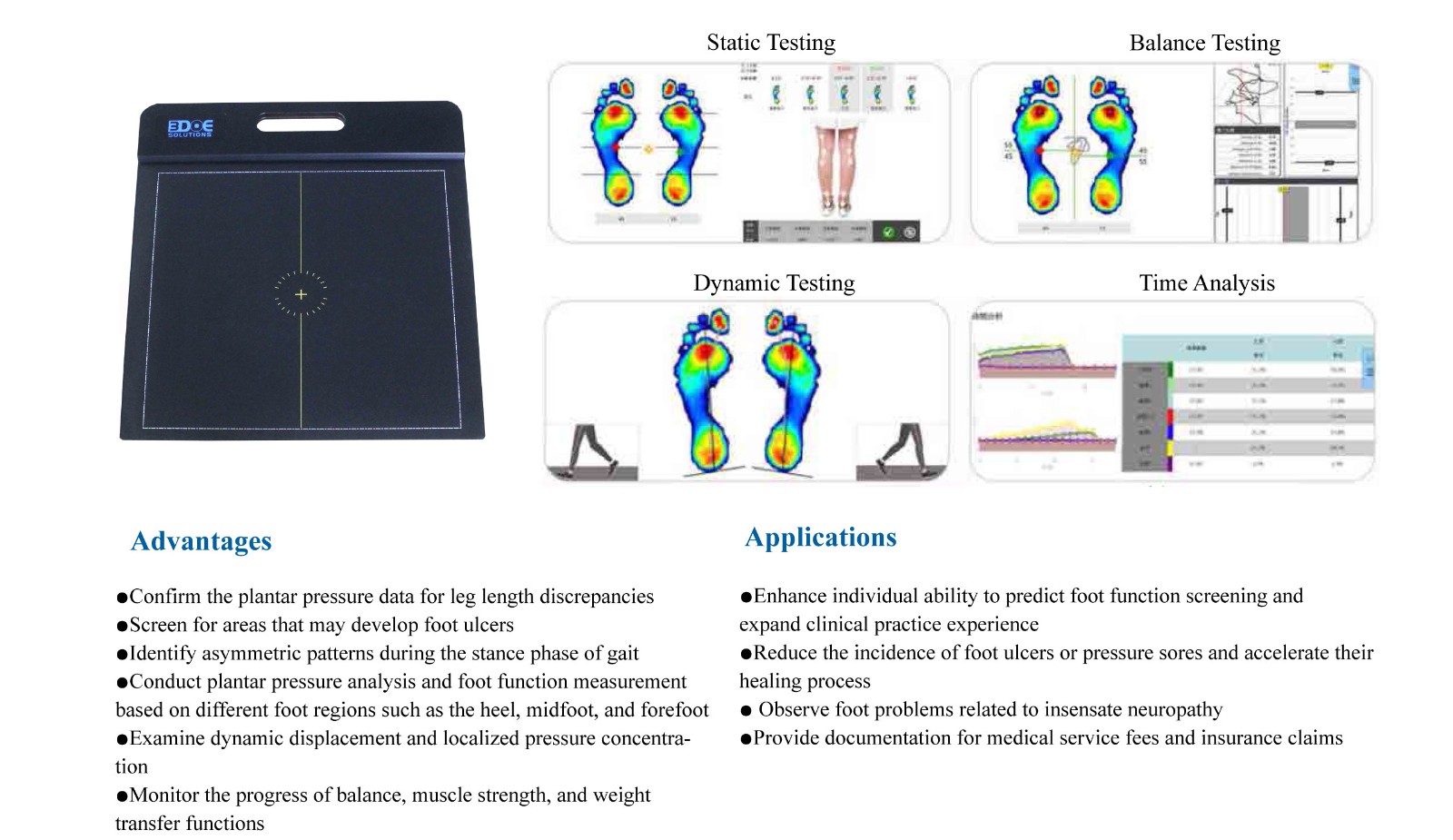
2. Why are rehabilitation institutions increasingly inseparable from it?
Rehabilitation is not just about training muscles, but more importantly, correcting the body's movement patterns. The sole of the foot, as the starting point of the whole body's force, reflects the coordination, stability and symmetry of the body.
The introduction of the plantar pressure distribution system allows rehabilitation assessment to shift from "subjective feeling" to "objective quantification":
Evaluate gait abnormalities: Patients with stroke, spinal cord injury, postoperative recovery, etc. often have unstable gait. The foot pressure map can clearly identify problems such as short support period and center of gravity shift.
Guide training plans: Rehabilitation therapists can adjust the training focus accordingly, such as strengthening the activation of a certain muscle group and correcting the support mode.
Monitor rehabilitation progress: The system can track data for a long time, quantify the improvement effect, and make the rehabilitation process visible and comparable.
Prevent secondary injuries: For patients after ankle and knee surgery, early detection of unbalanced force can avoid compensatory injuries.
3. Typical application cases
In a rehabilitation center, an elderly man who had a knee replacement after surgery always felt "unstable underfoot." Through the plantar pressure distribution system test, it was found that the sole of the foot on the operated side only bore 30% of the gravity, and the center of gravity was obviously biased towards the healthy side.
The doctor adjusted the training plan accordingly and strengthened the weight-bearing training of the lower limbs on the affected side. After retesting one month later, the pressure distribution of both feet tended to be symmetrical, and the old man finally regained his confidence in walking.

 +86-0755-86131192
+86-0755-86131192 2025-05-29
2025-05-29 Back to list
Back to list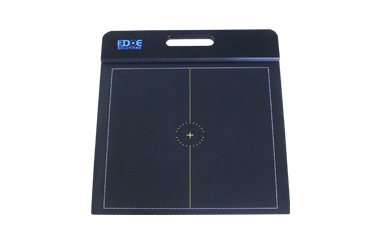
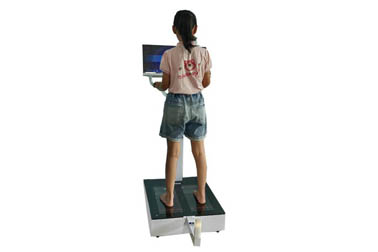
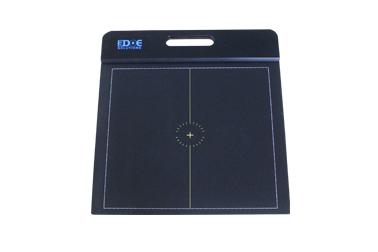
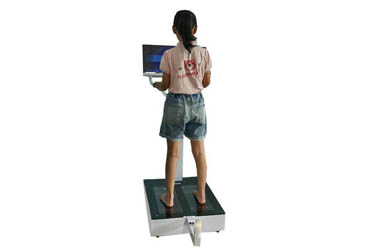
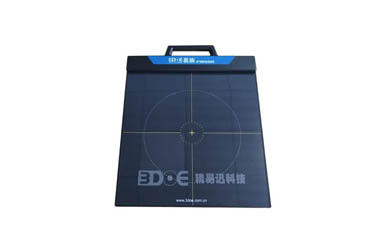
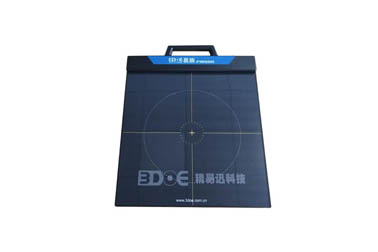



 +86-0755-86131192
+86-0755-86131192